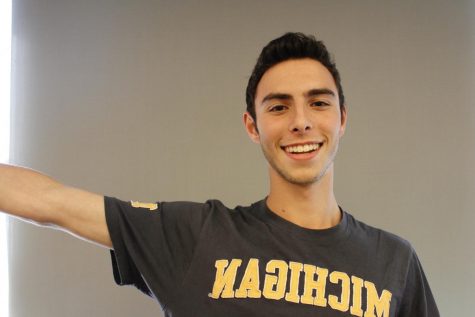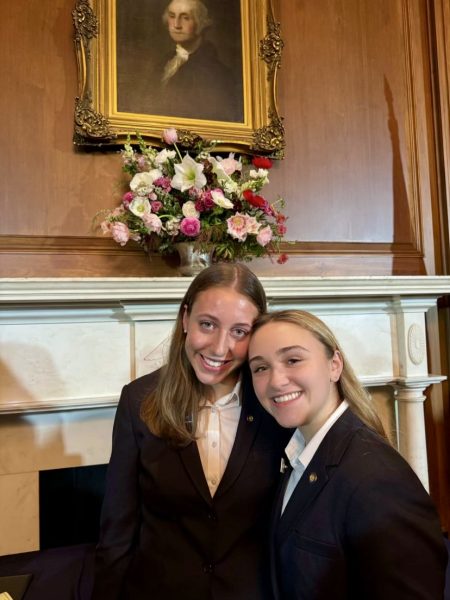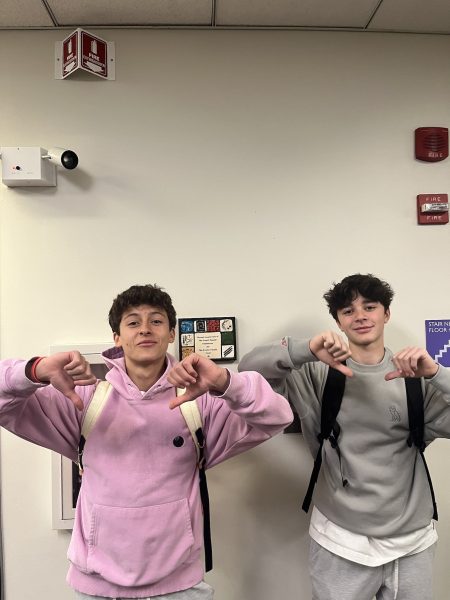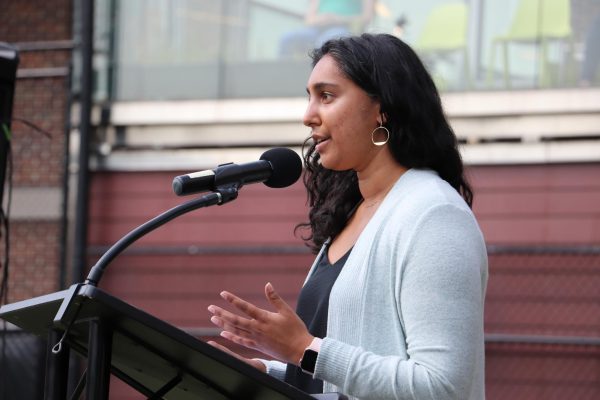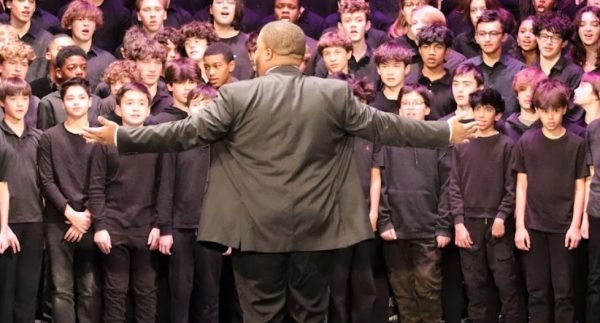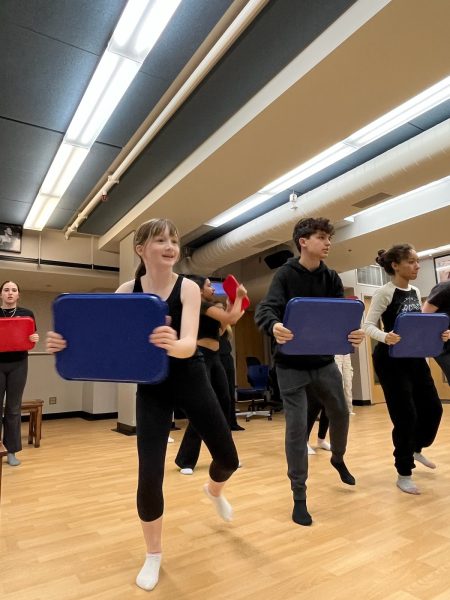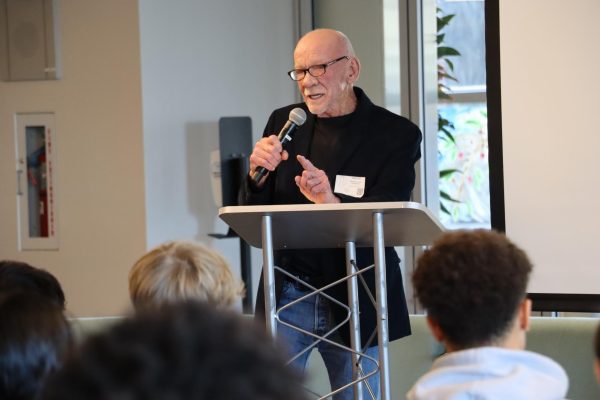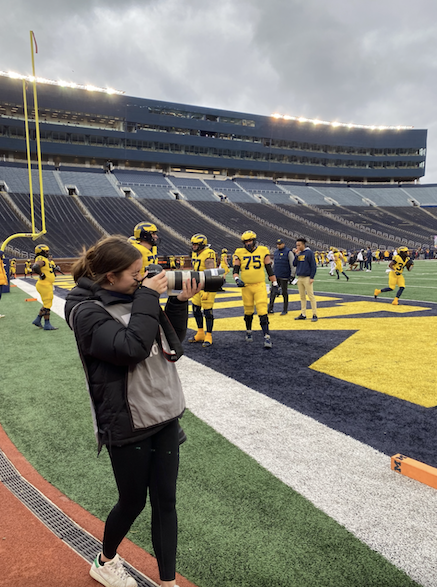Tangled Up in Zoo
Parker Reflects on Zoo’s 150-Year Anniversary
Parker third graders gallop as they cross into hallowed territory. Giggling and squealing, they follow science teacher James Audrain as he directs them forward. They march under the thorny arch and marvel at the seals who swim in front of the skyline.
The Lincoln Park Zoo, founded in 1868 and frequently utilized by Parker faculty, alumni, parent emeriti, and students—including third–graders who visit often, celebrates its sesquicentennial this year.
David Alex, a playwright and substitute teacher at Parker, visits the Lincoln Park Zoo every day on his morning runs. “Here’s what I love about it: the animals,” Alex said. “They’re like people, you can relate to them, you can talk with them. Obviously, they’re not talking back to me verbally. They roar, or you just see their reaction, especially the ones that are so docile like the alpacas.”
Alex considers his interaction with the animals a cathartic experience. “It helps to relieve stress,” Alex said. “If there’s something you want to say, but you can’t say to somebody else because you’re afraid of offending or you don’t have the courage to say it, you can say it to the animals, and they’ll look at you. It’s therapy. If you talk to them long enough, you develop a relationship.”
If there’s something you want to say, but you can’t say to somebody else because you’re afraid of offending or you don’t have the courage to say it, you can say it to the animals, and they’ll look at you. It’s therapy. If you talk to them long enough, you develop a relationship.
— David Alex, Substitute Teacher
Because of his relationship with a multitude of animals at the Lincoln Park Zoo, Alex included his animal friends, Hank and Kathy—two chimpanzees in the Regenstein Center for African Apes—in his play “Birthrights.”
At the zoo, Alex contemplates the behavioral similarities between the zoo’s animals and Parker students. “One of the great things about Parker is that the students are so welcoming to each other,” Alex said. “You really don’t see Parker kids picking on each other. Those are parallels between the animal world and the human world.”
Lower School science teacher James Audrain observes how the human world interacts with the animal world when he takes third–graders to the zoo. “In general, most students are very excited to go,” Audrain said. “It’s a process of getting them through the layers where it goes from being entertainment—because that’s not at all why we’re going—to observation because it’s an exceptional place to see animals in incredibly well-designed habitats.”
Standing next to one of these well-designed habitats, the Kovler Seal Pool, Michael Poch—a volunteer at the Lincoln Park Zoo in his sixth year—detailed the history of the Lincoln Park Zoo. According to Poch and the Chicago Tribune, in 1868, the commissioners of Central Park in New York gifted two swans to Chicago, which—within five years—led to the collection of 15 additional species. Today, the Lincoln Park Zoo remains as one of the oldest free zoos in the country.
Poch can feel the history of the architecture that surrounds him as he distributes maps to passersby. “A lot of these buildings—the birdhouse, the primate house—they were all built in the early 1900s,” Poch said, but he realizes that solely relying on old structures does not serve the animals well. “We are always trying to make the animal habitats more modern, more comfortable so that they best meet the needs of the animal.”
Volunteers like Poch help Audrain excite Parker third graders when they explore the modern, comfortable habitats in the zoo. “When we do meet zookeepers frequently there are impromptu conversations that happen,” Audrain said, “or with the volunteers who are there, they constantly have outreach type things that really do excite the minds of the kids.”
